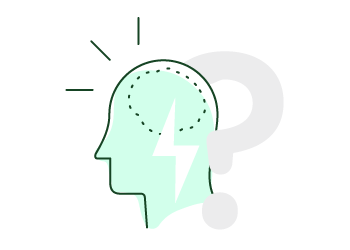Personal Productivity
Two Ways of Thinking, One Objective
AUTHOR: Francisco Sáez
Surely you are aware that there are times in your life when you have thoughts like, “What can I do to be more competitive or productive?” “How can I improve my skills and advance my career?” “Should I move to this or that city?” This kind of big-picture thinking is called divergent, and is the one you use to generate ideas when you face a problem.
There are other, more frequent times, in which your thoughts revolve around things like, “Which tasks should I focus on today?” “I need to send this email asap.” This type of thinking is called convergent and is the one you use to analyze and sort your ideas in order to get the best outcome.
Both kinds of thinking are necessary to solve problems, but the frequency and the order in which you use them will determine not only your productivity, but also your ability to be effective and achieve your goals.
If, when you need direction and guidance, you get stuck in your daily activities without raising your head to think with perspective, there will come a time when you will be busy doing things that probably will not take you anywhere. And, as Peter Drucker has said, “There is nothing so useless as doing efficiently that which should not be done at all”.
If, after reflecting on what you have to do and planning your next steps, you let your head continue digressing and do not focus on the plans and goals you have set, your projects will not advance. And it is easy to fall into this trap because thinking is much more fun than doing. Looking for ideas is a creative task which often involves scribbling in a notebook, reading blogs, brainstorming, or chatting with friends. On the other hand, carrying them out involves working.
To be productive, you must be able to swing smoothly and quickly between divergent and convergent thinking. Toggling frequently between these two ways of thinking, or thinking at the same time in both modes, will not let you move forward and can become a major source of stress.
For me, the ideal is to alternate between the two ways of thinking with a frequency that allows me to always have the feeling of going down the right track and, at the same time, to have enough time to make some real, tangible progress. Within this approach, the shorter the time period spent in any one mode of thinking, the better.
A relatively short period of either divergent or convergent thinking and activity allows you to build momentum: You think about how you are going to achieve your goal, plan out a few tasks, get them done, and quickly plan again the next actions to be done. This way you get quick wins that encourage you to continue. Long periods of laborious thought and activity can end up burning you out, causing the feeling that you are trapped in a never-ending project.
Have you ever thought about how you are managing these two types of thinking?





No comments